JAJSC49E February 2005 – August 2016 LM5105
PRODUCTION DATA.
6 Specifications
6.1 Absolute Maximum Ratings
over operating free-air temperature range (unless otherwise noted)(1)(2)| MIN | MAX | UNIT | |
|---|---|---|---|
| VDD to VSS | –0.3 | 18 | V |
| HB to HS | –0.3 | 18 | V |
| IN and EN to VSS | –0.3 | VDD + 0.3 | V |
| LO to VSS | –0.3 | VDD + 0.3 | V |
| HO to VSS | HS – 0.3 | HB + 0.3 | V |
| HS to VSS(3) | −5 | 100 | V |
| HB to VSS | 118 | V | |
| RDT to VSS | –0.3 | 5 | V |
| Junction temperature, TJ | 150 | °C | |
| Storage temperature, Tstg | –55 | 150 | °C |
(1) Stresses beyond those listed under Absolute Maximum Ratings may cause permanent damage to the device. These are stress ratings only, which do not imply functional operation of the device at these or any other conditions beyond those indicated under Recommended Operating Conditions. Exposure to absolute-maximum-rated conditions for extended periods may affect device reliability.
(2) If Military/Aerospace specified devices are required, please contact the Texas Instruments Sales Office/Distributors for availability and specifications.
(3) In the application the HS node is clamped by the body diode of the external lower N-MOSFET, therefore the HS voltage generally does not exceed –1 V. However, in some applications, board resistance and inductance may result in the HS node exceeding this stated voltage transiently. If negative transients occur on HS, the HS voltage must never be more negative than VDD – 15 V. For example, if VDD = 10 V, the negative transients at HS must not exceed –5 V.
6.2 ESD Ratings
| VALUE | UNIT | |||
|---|---|---|---|---|
| V(ESD) | Electrostatic discharge | Human-body model (HBM)(1)(2) | ±2000 | V |
(1) JEDEC document JEP155 states that 500-V HBM allows safe manufacturing with a standard ESD control process.
(2) The human-body model is a 100-pF capacitor discharged through a 1.5-kΩ resistor into each pin. Pin 2, Pin 3 and Pin 4 are rated at
500 V.
500 V.
6.3 Recommended Operating Conditions
| MIN | NOM | MAX | UNIT | |||
|---|---|---|---|---|---|---|
| VDD | 8 | 14 | V | |||
| HS(1) | –1 | 100 | V | |||
| HB | HS + 8 | HS + 14 | V | |||
| HS | Slew rate | <50 | V/ns | |||
| TJ | Junction temperature | –40 | 125 | °C | ||
(1) In the application the HS node is clamped by the body diode of the external lower N-MOSFET; therefore, the HS voltage generally does not exceed –1 V. However in some applications, board resistance and inductance may result in the HS node exceeding this stated voltage transiently. If negative transients occur on HS, the HS voltage must never be more negative than VDD – 15 V. For example, if VDD = 10 V, the negative transients at HS must not exceed –5 V.
6.4 Thermal Information
| THERMAL METRIC(1) | LM5105 | UNIT | |
|---|---|---|---|
| DPR (WSON) | |||
| 10 PINS | |||
| RθJA | Junction-to-ambient thermal resistance | 37.8 | °C/W |
| RθJC(top) | Junction-to-case (top) thermal resistance | 36.2 | °C/W |
| RθJB | Junction-to-board thermal resistance | 14.9 | °C/W |
| ψJT | Junction-to-top characterization parameter | 0.3 | °C/W |
| ψJB | Junction-to-board characterization parameter | 15.2 | °C/W |
| RθJC(bot) | Junction-to-case (bottom) thermal resistance | 4.4 | °C/W |
(1) For more information about traditional and new thermal metrics, see the Semiconductor and IC Package Thermal Metrics application report.
6.5 Electrical Characteristics
Unless otherwise noted, VDD = HB = 12 V, VSS = HS = 0 V, EN = 5 V, no load on LO or HO, RDT= 100 kΩ(1). Typical limits are for TJ = 25°C, and minimum and maximum limits apply over the operating junction temperature range (–40°C to 125°C).| PARAMETER | TEST CONDITIONS | MIN | TYP | MAX | UNIT | |
|---|---|---|---|---|---|---|
| SUPPLY CURRENTS | ||||||
| IDD | VDD quiescent current | IN = EN = 0 V | 0.34 | 0.6 | mA | |
| IDDO | VDD operating current | f = 500 kHz | 1.65 | 3 | mA | |
| IHB | Total HB quiescent current | IN = EN = 0 V | 0.06 | 0.2 | mA | |
| IHBO | Total HB operating current | f = 500 kHz | 1.3 | 3 | mA | |
| IHBS | HB to VSS current, quiescent | HS = HB = 100 V | 0.05 | 10 | µA | |
| IHBSO | HB to VSS current, operating | f = 500 kHz | 0.1 | mA | ||
| INPUT IN AND EN | ||||||
| VIL | Low-level input voltage threshold | 0.8 | 1.8 | V | ||
| VIH | High-level input voltage threshold | 1.8 | 2.2 | V | ||
| Rpd | Input pulldown resistance pin IN and EN | 100 | 200 | 500 | kΩ | |
| DEAD-TIME CONTROLS | ||||||
| VRDT | Nominal voltage at RDT | 2.7 | 3 | 3.3 | V | |
| IRDT | RDT pin current limit | RDT = 0 V | 0.75 | 1.5 | 2.25 | mA |
| UNDER VOLTAGE PROTECTION | ||||||
| VDDR | VDD rising threshold | 6 | 6.9 | 7.4 | V | |
| VDDH | VDD threshold hysteresis | 0.5 | V | |||
| VHBR | HB rising threshold | 5.7 | 6.6 | 7.1 | V | |
| VHBH | HB threshold hysteresis | 0.4 | V | |||
| BOOT STRAP DIODE | ||||||
| VDL | Low-current forward voltage | IVDD-HB = 100 µA | 0.6 | 0.9 | V | |
| VDH | High-current forward voltage | IVDD-HB = 100 mA | 0.85 | 1.1 | V | |
| RD | Dynamic resistance | IVDD-HB = 100 mA | 0.8 | 1.5 | Ω | |
| LO GATE DRIVER | ||||||
| VOLL | Low-level output voltage | ILO = 100 mA | 0.25 | 0.4 | V | |
| VOHL | High-level output voltage | ILO = –100 mA, VOHL = VDD – VLO |
0.35 | 0.55 | V | |
| IOHL | Peak pullup current | LO = 0 V | 1.8 | A | ||
| IOLL | Peak pulldown current | LO = 12 V | 1.6 | A | ||
| HO GATE DRIVER | ||||||
| VOLH | Low-level output voltage | IHO = 100 mA | 0.25 | 0.4 | V | |
| VOHH | High-level output voltage | IHO = –100 mA, VOHH = HB – HO |
0.35 | 0.55 | V | |
| IOHH | Peak pullup current | HO = 0 V | 1.8 | A | ||
| IOLH | Peak pulldown current | HO = 12 V | 1.6 | A | ||
(1) Minimum and maximum limits are 100% production tested at 25°C. Limits over the operating temperature range are specified through correlation using Statistical Quality Control (SQC) methods. Limits are used to calculate Average Outgoing Quality Level (AOQL).
6.6 Switching Characteristics
Unless otherwise noted, VDD = HB = 12 , VSS = HS = 0 V, no Load on LO or HO(1). Typical limits are for TJ = 25°C, and minimum and maximum limits apply over the operating junction temperature range (–40°C to 125°C).| PARAMETER | TEST CONDITIONS | MIN | TYP | MAX | UNIT | |
|---|---|---|---|---|---|---|
| tLPHL | Lower turnoff propagation delay | 26 | 56 | ns | ||
| tHPHL | Upper turnoff propagation delay | 26 | 56 | ns | ||
| tLPLH | Lower turnon propagation delay | RDT = 100 k | 485 | 595 | 705 | ns |
| tHPLH | Upper turnon propagation delay | RDT = 100 k | 485 | 595 | 705 | ns |
| tLPLH | Lower turnon propagation delay | RDT = 10 k | 75 | 105 | 150 | ns |
| tHPLH | Upper turnon propagation delay | RDT = 10 k | 75 | 105 | 150 | ns |
| ten, tsd | Enable and shutdown propagation delay | 28 | ns | |||
| DT1, DT2 | Dead-time LO OFF to HO ON and HO OFF to LO ON |
RDT = 100 k | 570 | ns | ||
| RDT = 10 k | 80 | ns | ||||
| MDT | Dead-time matching | RDT = 100 k | 50 | ns | ||
| tR, tF | Either output rise or fall time | CL = 1000 pF | 15 | ns | ||
| tBS | Bootstrap diode turnon or turnoff time | IF = 20 mA, IR = 200 mA | 50 | ns | ||
(1) Minimum and maximum limits are 100% production tested at 25°C. Limits over the operating temperature range are specified through correlation using Statistical Quality Control (SQC) methods. Limits are used to calculate Average Outgoing Quality Level (AOQL).
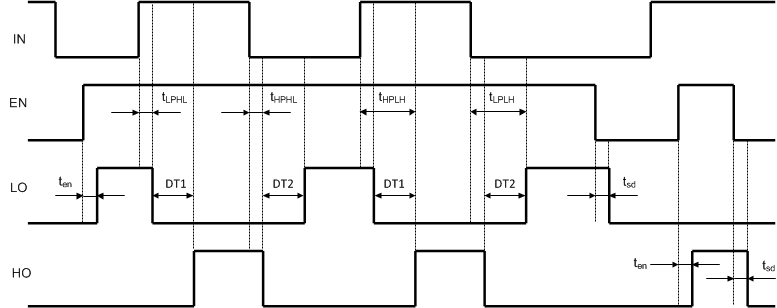 Figure 1. LM5105 Input - Output Waveforms
Figure 1. LM5105 Input - Output Waveforms
 Figure 2. LM5105 Switching Time Definitions: TLPLH, TLPHL, THPLH, THPHL
Figure 2. LM5105 Switching Time Definitions: TLPLH, TLPHL, THPLH, THPHL
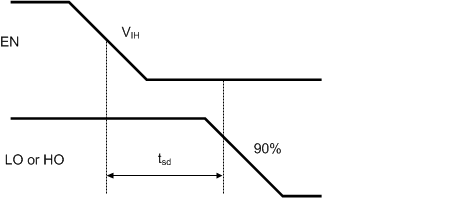 Figure 3. LM5105 Enable: Tsd
Figure 3. LM5105 Enable: Tsd
 Figure 4. LM5105 Dead-Time: DT
Figure 4. LM5105 Dead-Time: DT
6.7 Typical Characteristics
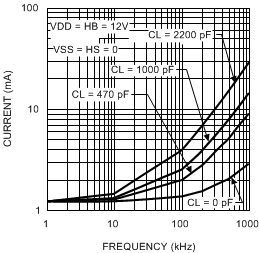 Figure 5. VDD Operating Current vs Frequency
Figure 5. VDD Operating Current vs Frequency
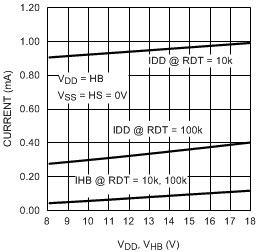 Figure 7. Quiescent Current vs Supply Voltage
Figure 7. Quiescent Current vs Supply Voltage
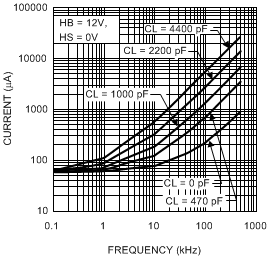 Figure 9. HB Operating Current vs Frequency
Figure 9. HB Operating Current vs Frequency
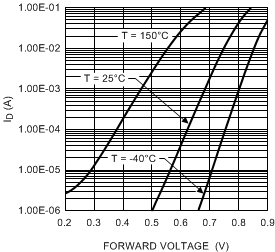 Figure 11. Diode Forward Voltage
Figure 11. Diode Forward Voltage
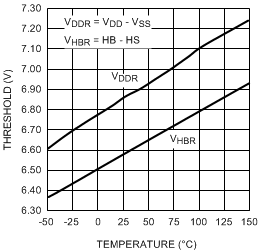 Figure 13. Undervoltage Rising Threshold vs Temperature
Figure 13. Undervoltage Rising Threshold vs Temperature
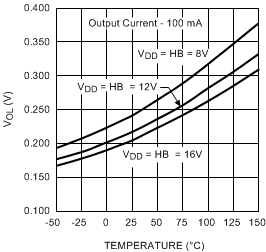 Figure 15. LO & HO Low-Level Output Voltage
Figure 15. LO & HO Low-Level Output Voltagevs Temperature
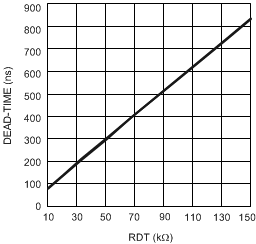 Figure 17. Dead-Time vs RT Resistor Value
Figure 17. Dead-Time vs RT Resistor Value
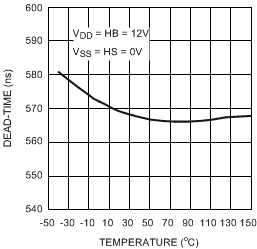 Figure 19. Dead-Time vs Temperature (RT = 100 k)
Figure 19. Dead-Time vs Temperature (RT = 100 k)
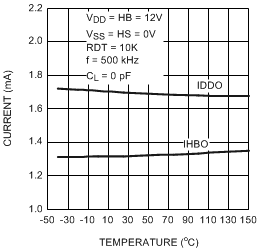 Figure 6. Operating Current vs Temperature
Figure 6. Operating Current vs Temperature
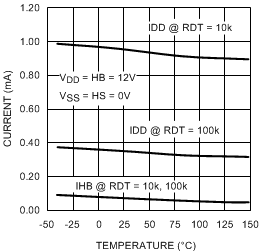 Figure 8. Quiescent Current vs Temperature
Figure 8. Quiescent Current vs Temperature
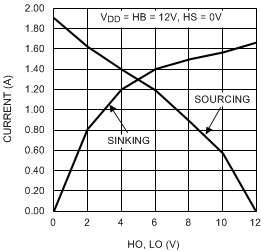 Figure 10. HO & LO Peak Output Current vs Output Voltage
Figure 10. HO & LO Peak Output Current vs Output Voltage
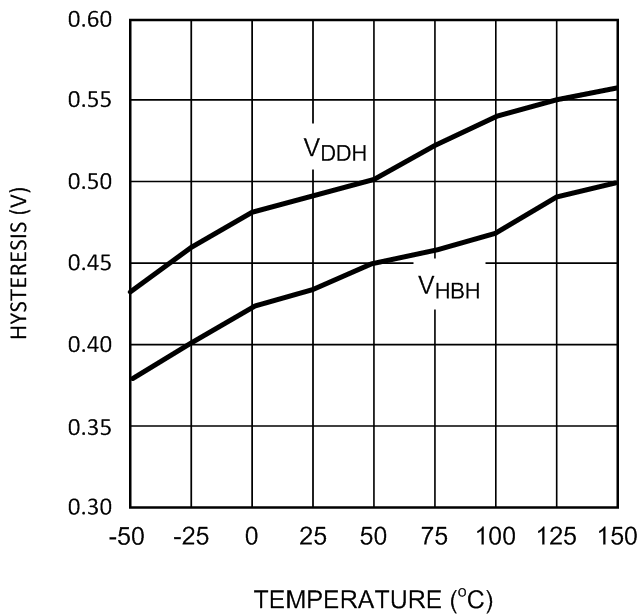 Figure 12. Undervoltage Hysteresis vs Temperature
Figure 12. Undervoltage Hysteresis vs Temperature
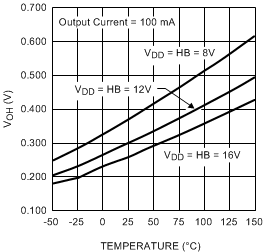 Figure 14. LO & HO High-Level Output Voltage
Figure 14. LO & HO High-Level Output Voltagevs Temperature
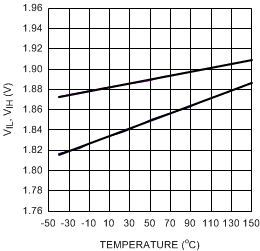 Figure 16. Input Threshold vs Temperature
Figure 16. Input Threshold vs Temperature
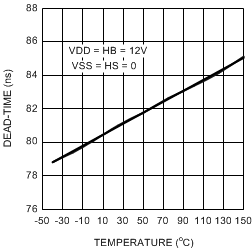 Figure 18. Dead-Time vs Temperature (RT = 10 k)
Figure 18. Dead-Time vs Temperature (RT = 10 k)